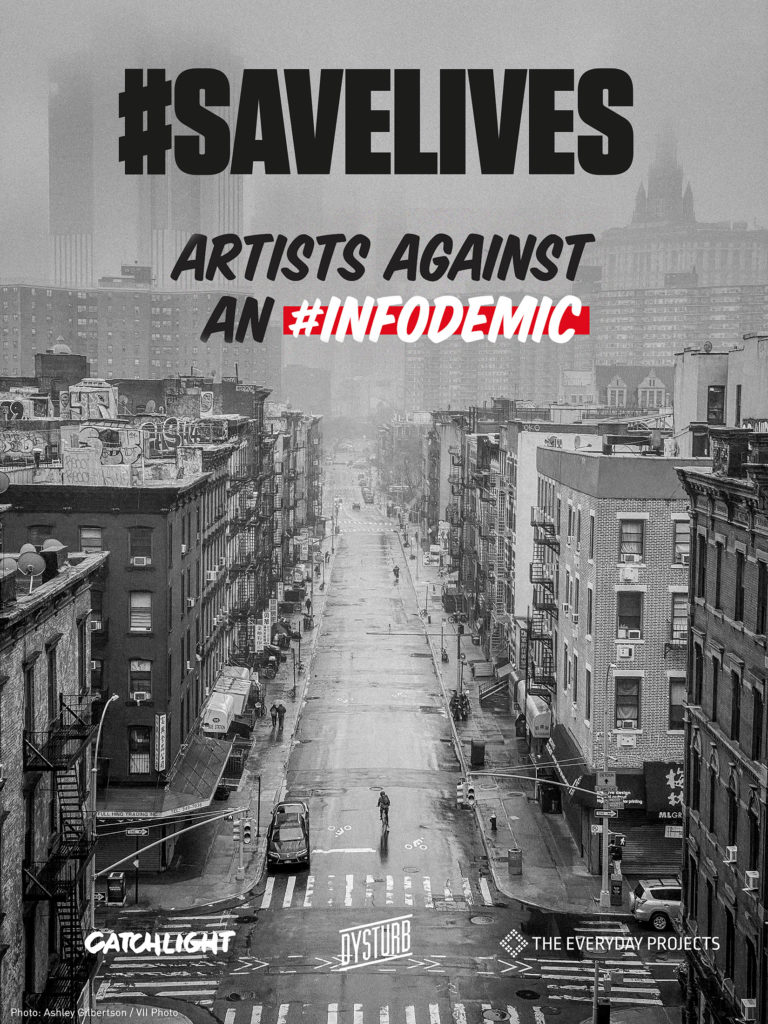Art World
Three Nonprofits Are Teaming Up to Pay Artists to Create Images That Combat Widespread Misinformation About Coronavirus
The project's organizers are looking for images that "go beyond hazmat suits."

The project's organizers are looking for images that "go beyond hazmat suits."

Taylor Dafoe

Three organizations focusing on visual media have come together to launch an open call for artworks that can fight against a rising tide of misinformation related to the coronavirus pandemic.
The initiative, titled Artists Against an #Infodemic, aims to “harness the power of visuals” to “improve public communication and news delivery surrounding COVID-19,” according to organizers, who are soliciting images to promote public-health advice and fight the pernicious effects of racism and xenophobia.
“For some people, this pandemic is still an abstract concept, and we need people to understand the very real consequences and encourage a community and public-health mindset,” says Peter DiCampo, cofounder of The Everyday Projects, which launched the initiative with the nonprofits CatchLight and Dysturb. All three organizations fund progressive efforts in photojournalism and other forms of visual storytelling.
The project takes its inspiration from World Health Organization Director-General Tedros Adhanom Ghebreyesus, who said at a conference in February that “we’re not just fighting an epidemic; we’re fighting an infodemic. Fake news spreads faster and more easily than this virus, and is just as dangerous.”
“To effectively fight this infodemic, we need images that go beyond hazmat suits and empty grocery store shelves—images that sow discord and division at a time when we need cooperation the most,” Elodie Mailliet Storm, the CEO of CatchLight, tells Artnet News. “We believe artists are uniquely placed to convey important information that directly affects communities in their own ways. And that role will remain important as key messages will change throughout this crisis.”
Submissions can be sent in just about any visual form, including photography, video, graphic design, illustration, and painting. Artists will receive $500 for each artwork chosen, and proposals will be reviewed on a rolling basis starting this week.
In conceiving the initiative, the organizers set their sights on two issues, DiCampo says.
“One is that freelance photojournalists and artists are being hit very hard financially. And the other is that healthcare messages will continue to evolve and need to reach vulnerable populations,” he says. “So we designed this project to help satisfy both needs.”
The organizations will begin their campaign by getting public-health notices out in Seattle, New York, Paris, Nairobi, and the San Francisco Bay Area through public art installations, paste-ups, projections, posters, and flyers, as well as on social media. But artists sending images for consideration need not be in those areas.
Initial funding for the project came through a $30,000 grant from the John S. Knight Journalism Fellowship at Stanford University.